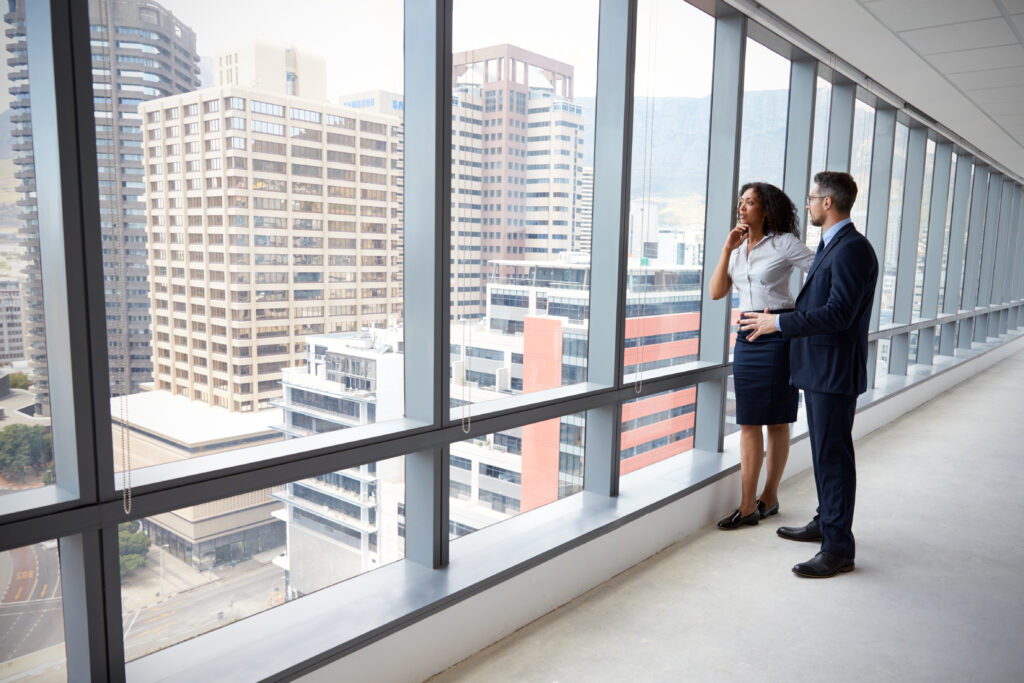
Insight
Commercial buildings have significant untapped potential for the deployment of solar panels, according to a new solar taskforce which has been created by the UK Government’s Department for Energy Security and Net Zero. The taskforce intends to revolutionise UK solar power and its ambition is to increase solar capacity by nearly five-fold to reach 70GW by 2035.
One of the ways the taskforce considers it can achieve its ambition is to make greater use of the rooftop spaces that are available on non-domestic sites such as warehouses, car parks, schools and supermarkets.
Minister for Energy Security and Net Zero Graham Stuart said:
“Households across the UK are already doing their bit to provide cleaner, cheaper and more secure energy sources with the solar panels on their roofs – but with acres of rooftop space on car parks and supermarkets in every community, we can be doing even more.”
The taskforce has resolved to publish a solar roadmap in 2024 setting out a clear step-by-step deployment trajectory.
Four key areas have been highlighted and they are rooftop solar, electricity networks, skills and supply chains. A sub-group specialising in each area has been established to assist in the creation of the roadmap:
The sub-group will concentrate on regulatory issues preventing deployment, lowering upfront costs and raising public awareness of solar energy. Meetings held so far indicate a particular focus on commercial land and buildings.
Government consultations have already been launched on proposed changes to permitted development (PD) rights to:
The implementation of the changes to PD are expected to happen in 2024.
The Government is also expected to facilitate low-cost finance from lenders for business premises to make installation more economically viable.
Renewable energy projects, including those for the installation of solar panels, are being delayed because a connection to the grid cannot be secured.
A recent inquiry by the Environment Audit Committee found that in some instances developers are waiting up to 15 years for a grid connection.
The priority of the sub-group will be to reduce waiting times and expand the network.
There is to be a focus on training and expansion of the solar workforce to meet increasing levels of demand that in turn will create long-term employment opportunities.
Demand for energy infrastructure is growing rapidly, putting unprecedented strain on supply chains necessary for connection to the grid. Securing raw materials and finding the workforce for manufacturing is also challenging. All of which is placing a shortage on new supplies.
The sub-group will identify opportunities to secure resilient and sustainable supply chains.
It remains to be seen whether the deployment of solar panels will reach the levels targeted by 2035. This will depend upon how effective the taskforce’s initiatives prove to be in overcoming the challenges identified.
However, whether the Government achieves the target or not, professionals, developers and businesses should be aware of changes ahead that are expected to take place.
We have set out below our top four legal considerations for those wishing to make use of this exciting initiative:
With energy prices at an all-time high being able to produce your own renewable energy could be an attractive solution. If you are an owner of commercial property and wish to discuss your options in relation to solar panels please contact Joseph Davidson or another member of our expert real estate team.
